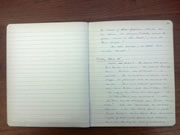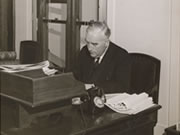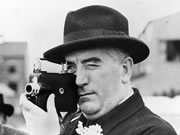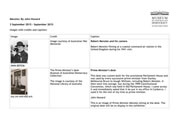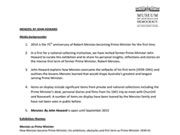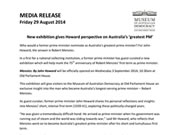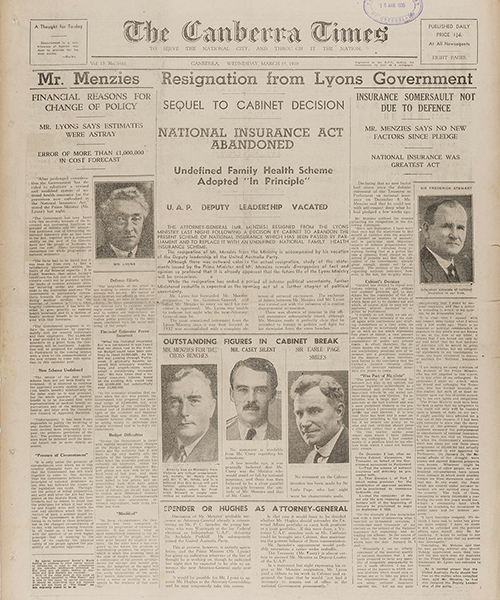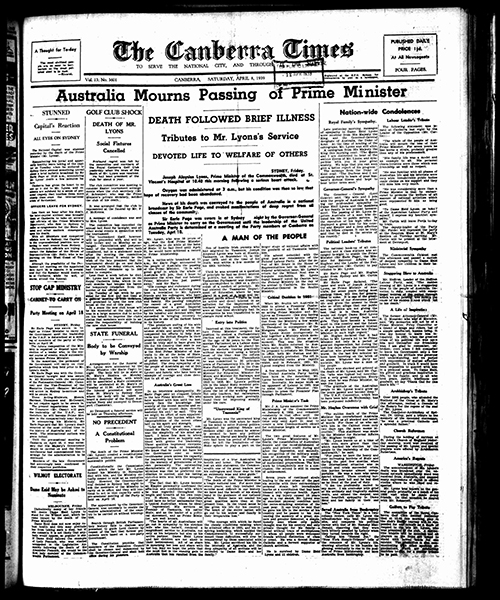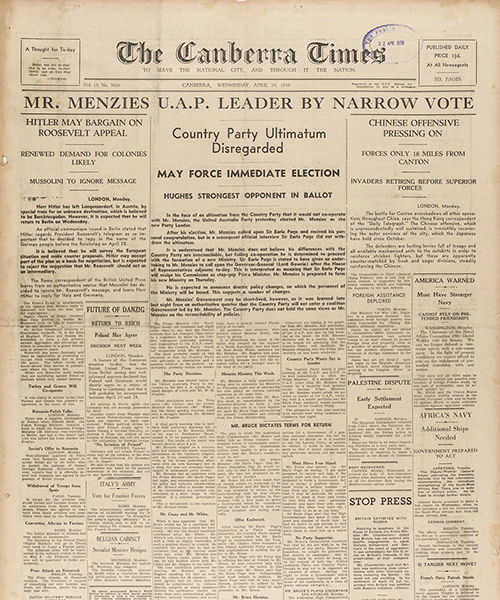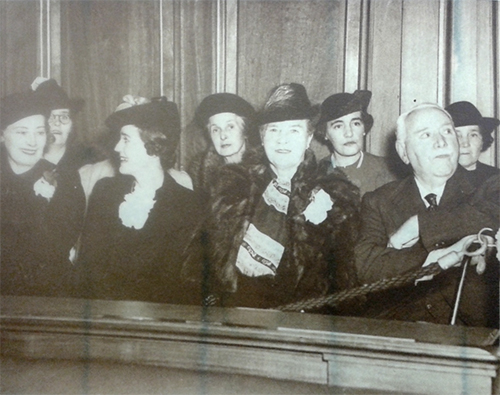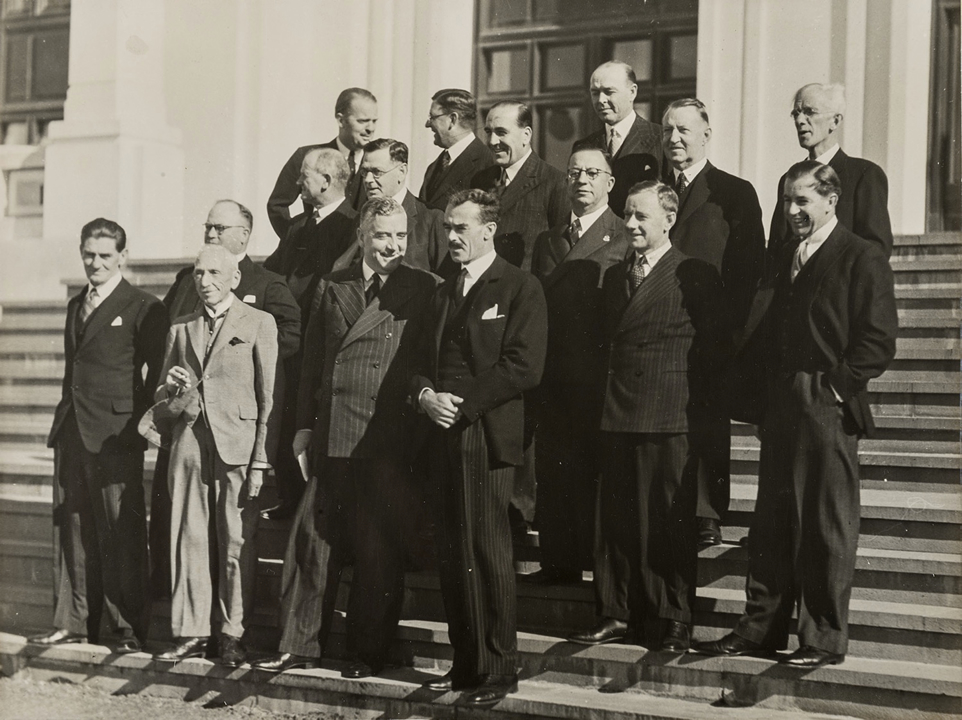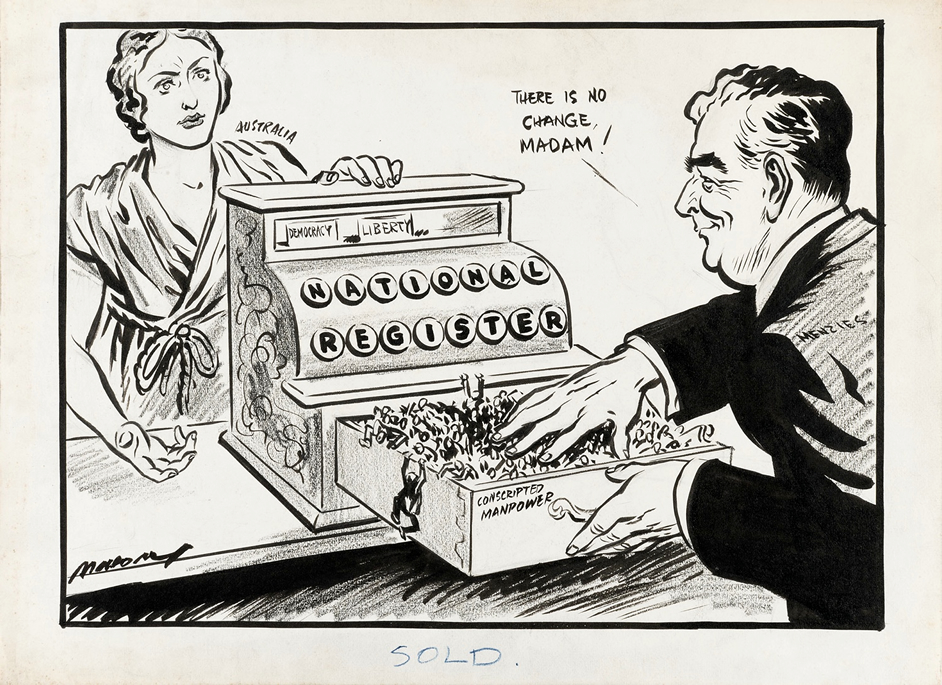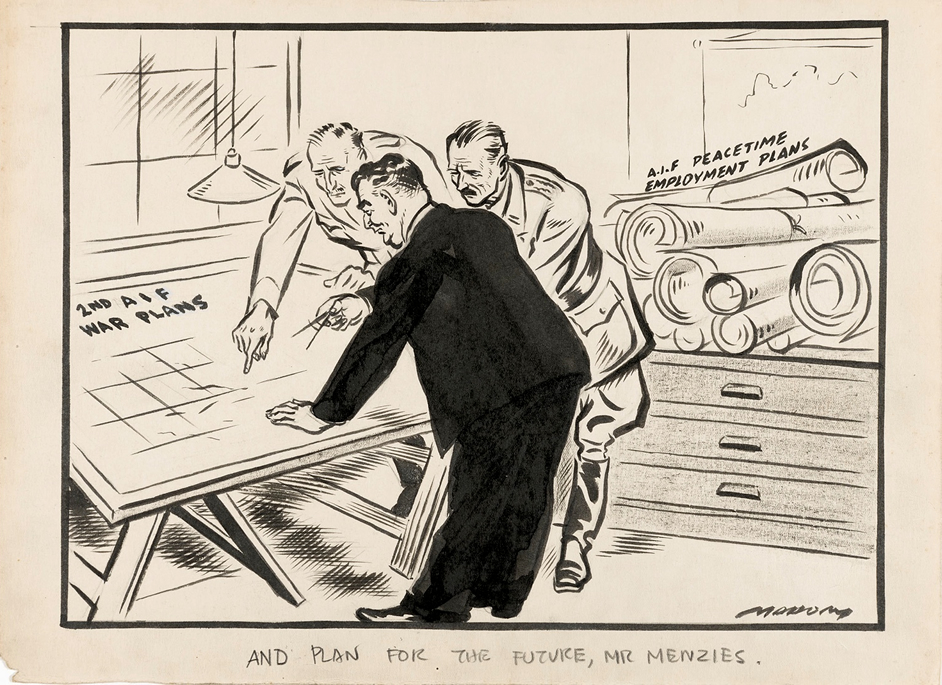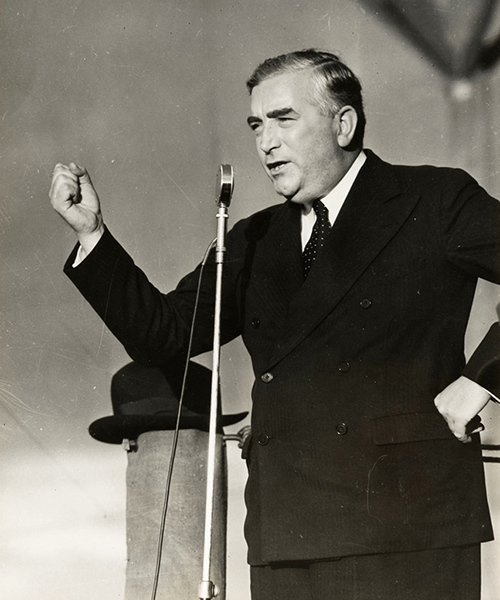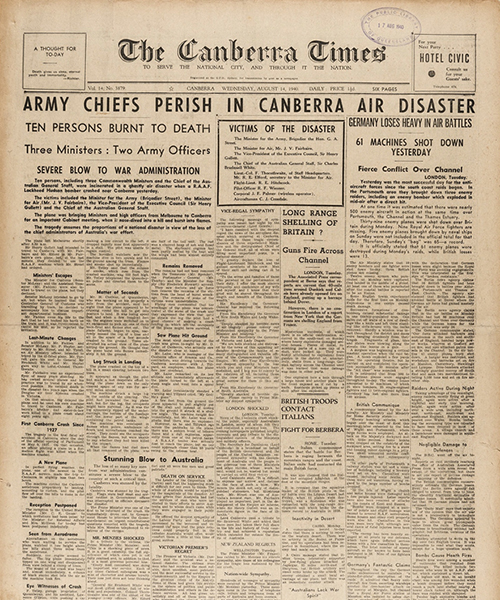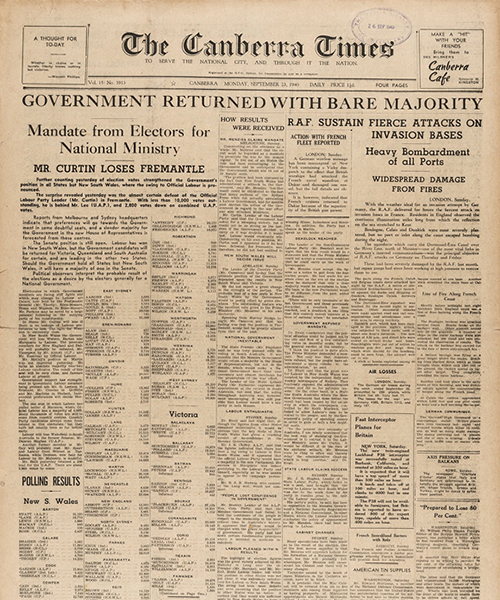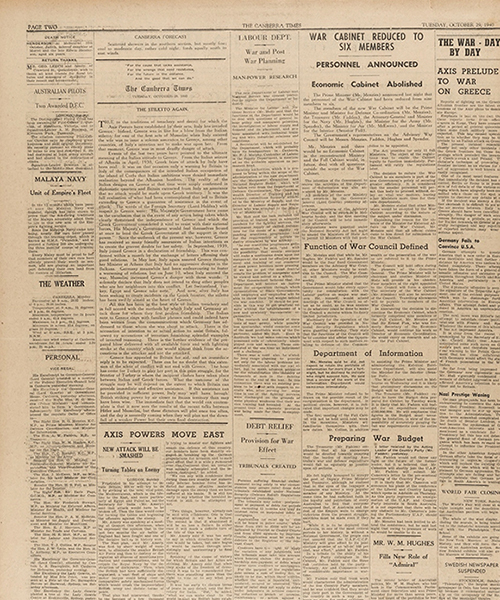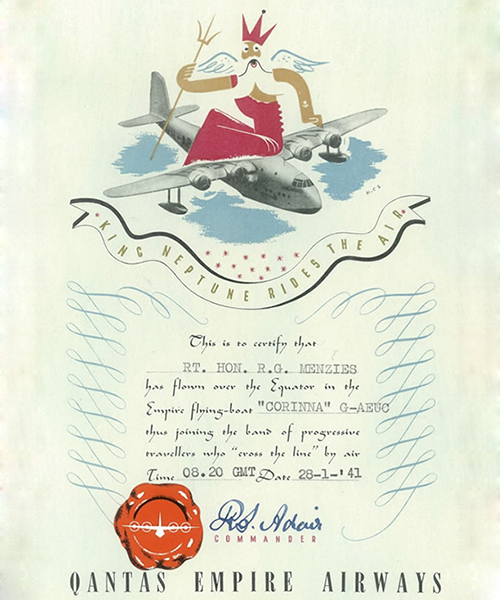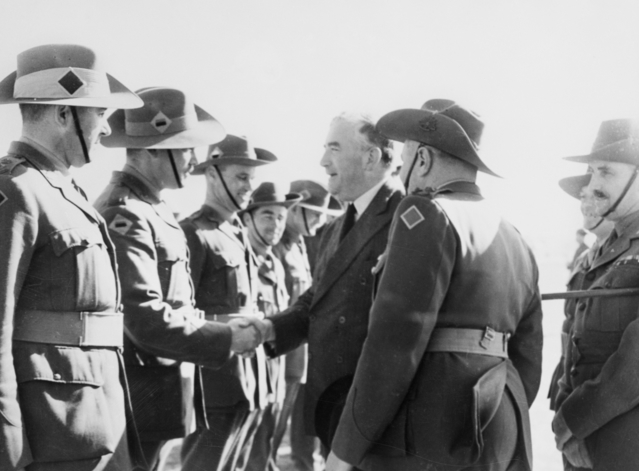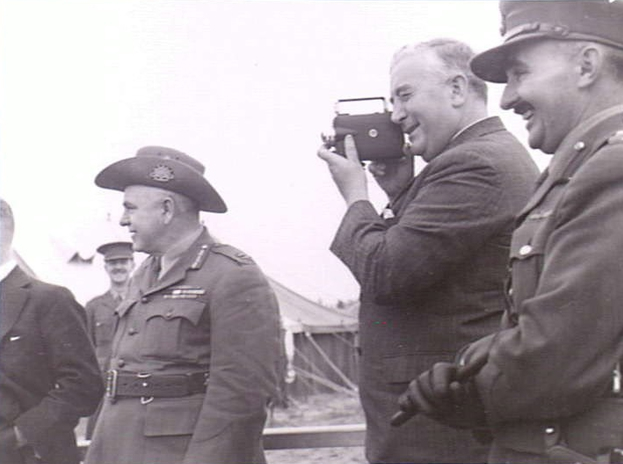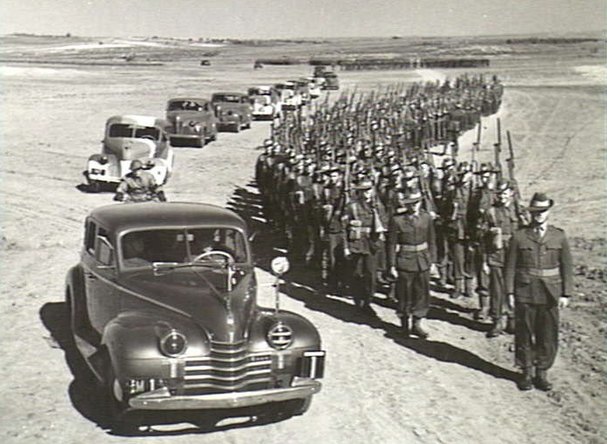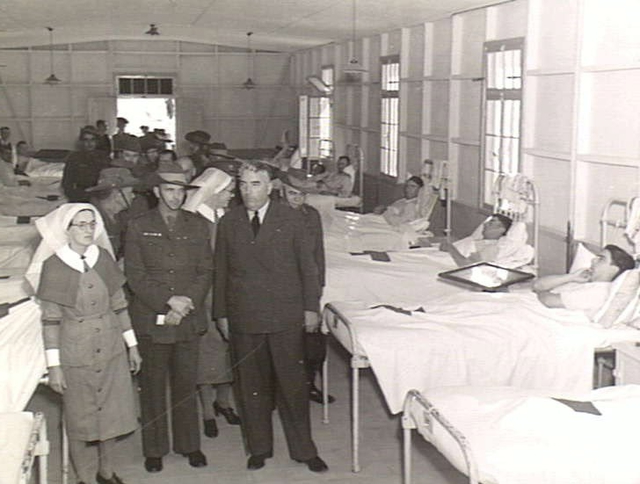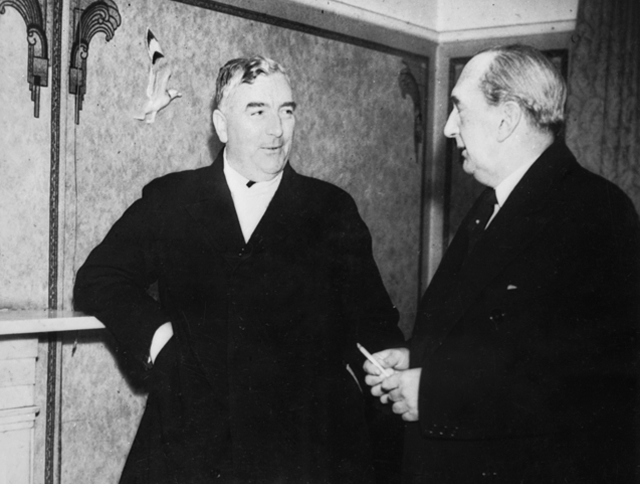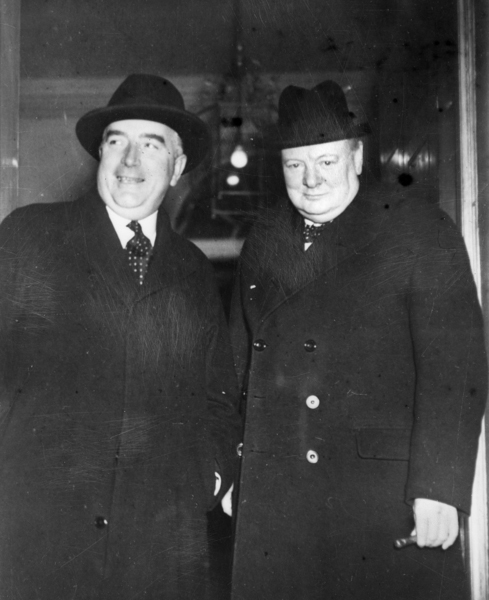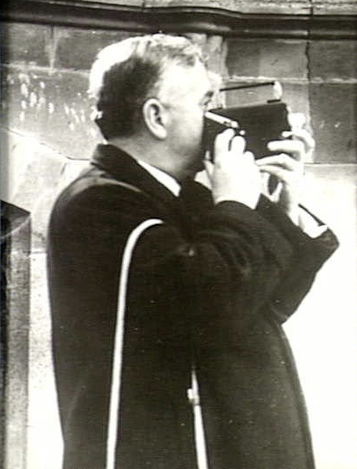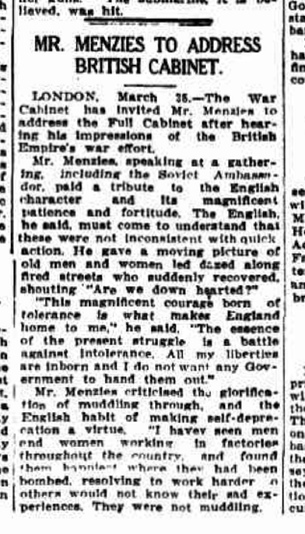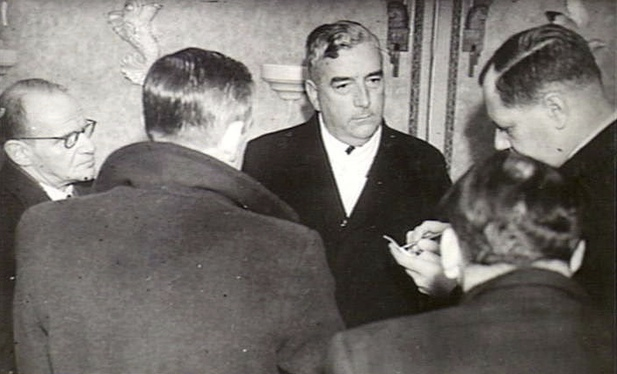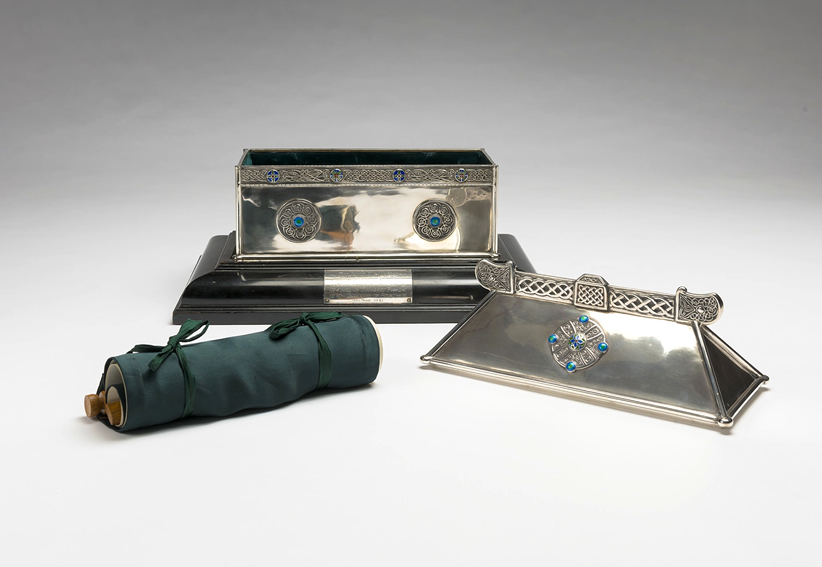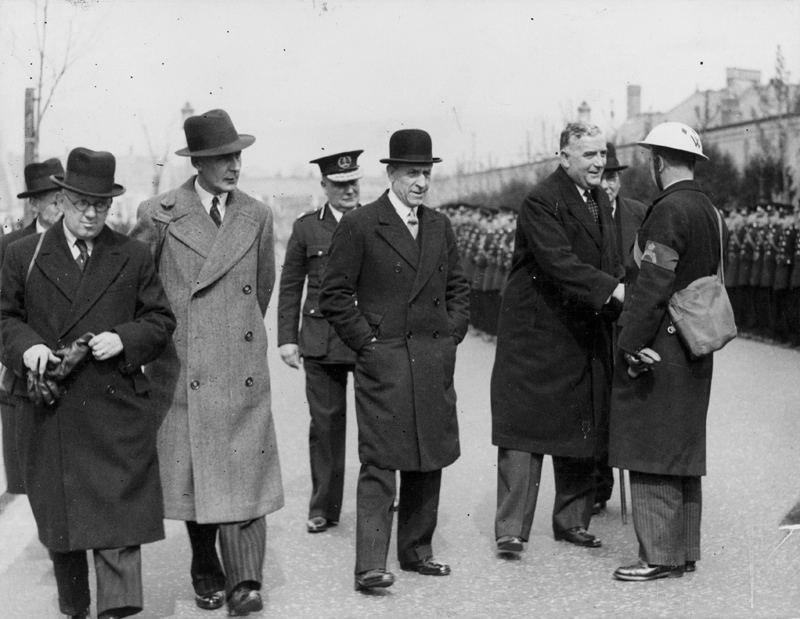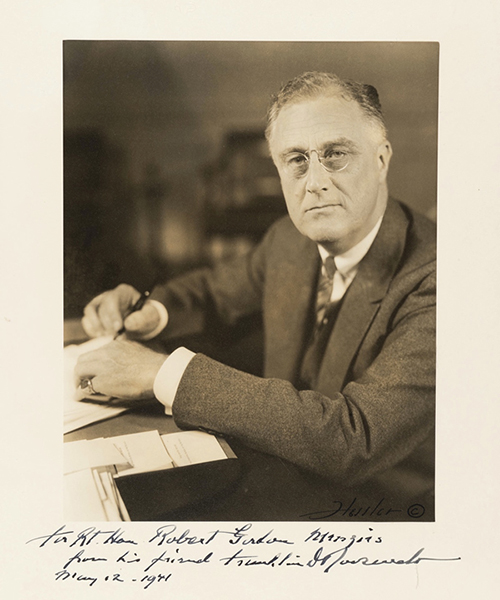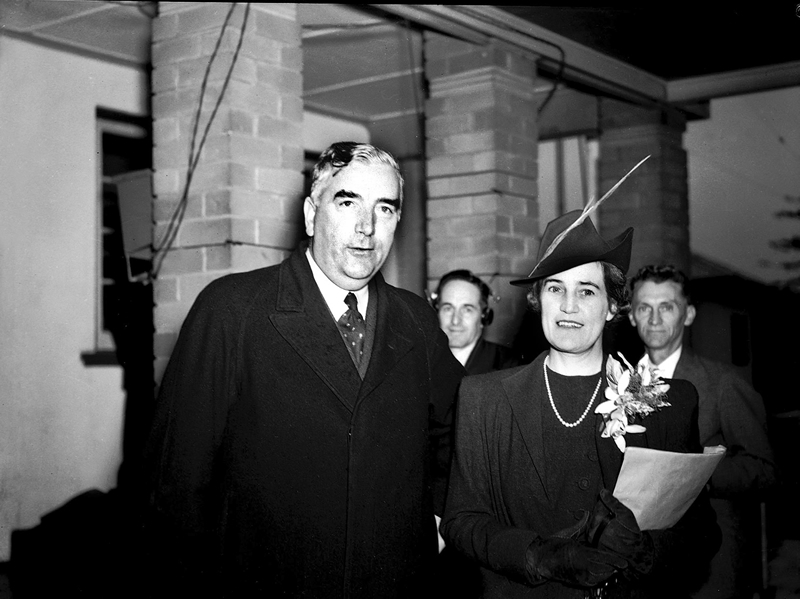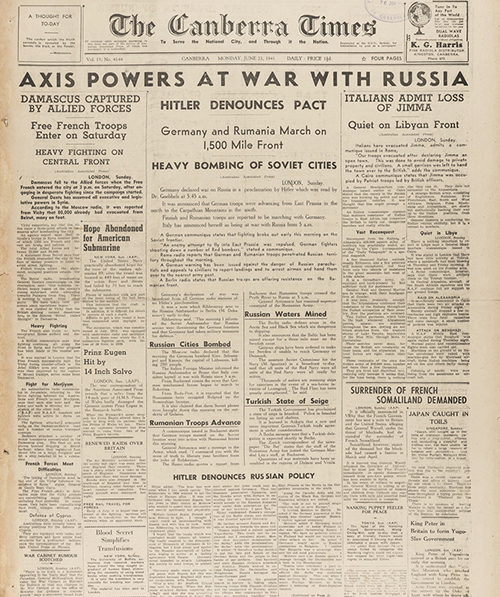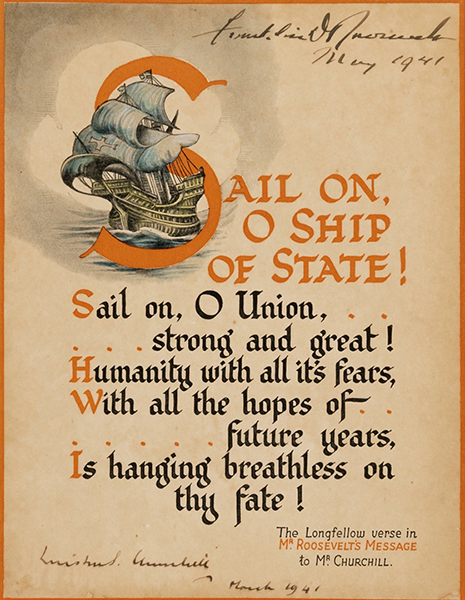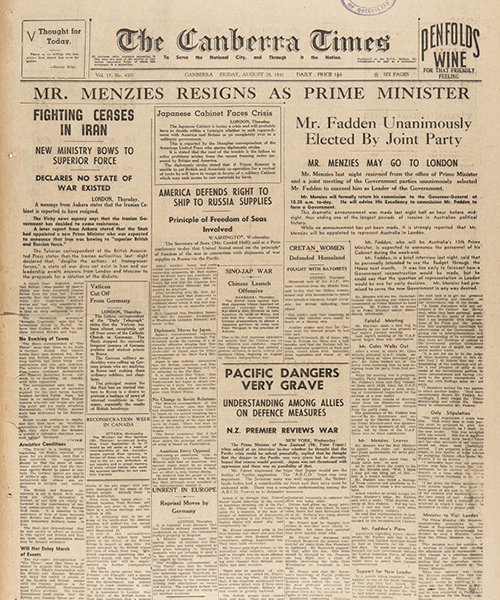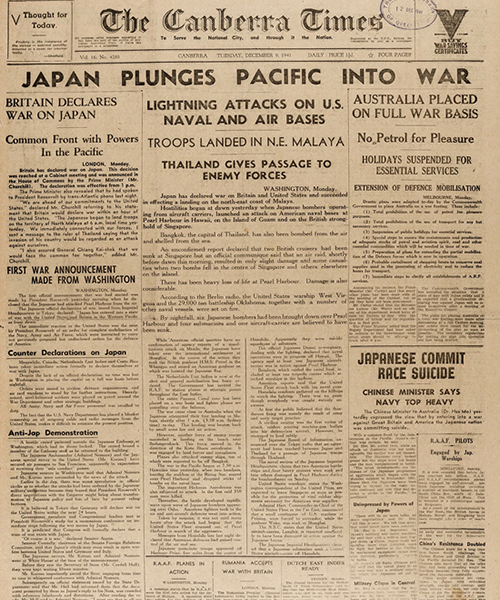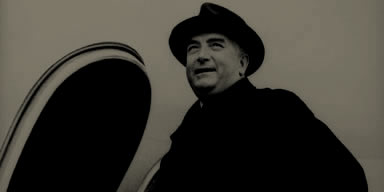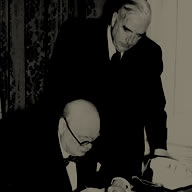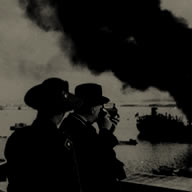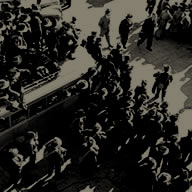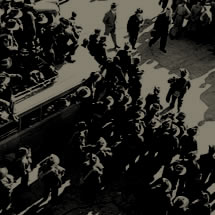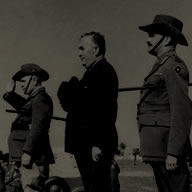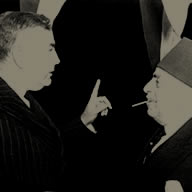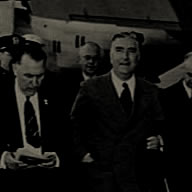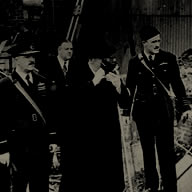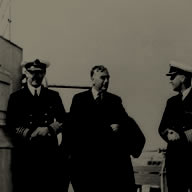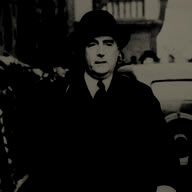Foreword by John Howard
Bob Menzies became prime minister for the first time in the most difficult of circumstances. By April 1939 the world was sliding towards war. History had dealt him a cruel hand, which included many malcontents within his own ranks. On the eve of becoming prime minister he endured a savage personal attack from Earle Page, the Country Party leader. Also, he was saddled, in a senior position, with the 76-year-old and increasingly irascible former prime minister, Billy Hughes.
Nevertheless, Menzies set about defence preparations with vigour. He made a number of attempts to form an all-party government, but was always rebuffed by Labor. Party leader John Curtin was more amenable to this than others in ALP ranks.
Domestic tragedy weakened Menzies’ political position. On 13 August 1940 three ministers, Geoffrey Street, James Fairbairn and Henry Gullett, died in the crash of the Hudson Bomber flying them into Canberra. The loss was not only personal, but internally debilitating, as all three were Menzies’ trusted colleagues. The 1940 election came shortly afterwards and it resulted in a virtual dead heat, forcing Menzies to rely on two independents to govern.
Menzies rightly perceived that the embattled British were not giving enough attention to the potential danger of Japanese activities in the Far East, particularly concerning the defence of Singapore. He left for London in January 1941 to press Australia’s case, with only limited success. He admired Winston Churchill but clashed with him frequently when he sat in the British War Cabinet.
Although the national interest required Menzies’ absence overseas, being away for four months allowed those undermining him to remain active at home. Shortly after his return, rumblings about his leadership re-emerged.
When Japanese troops landed in Indochina in July 1941, prudence dictated that Menzies should return to London to press the Australian cause, providing he could obtain the Labor Party’s acquiescence, because of the evenly divided parliament. Curtin was disposed to agree but those hungry for office within Labor ranks ruled otherwise. This, together with disloyalty within his own party, fatally wounded Menzies. After a lengthy Cabinet discussion on 28 August he concluded that lack of internal support had rendered his position untenable and the United Australia Party and the Country Party together chose Arthur Fadden as replacement prime minister. Menzies resigned as prime minister the following day.
